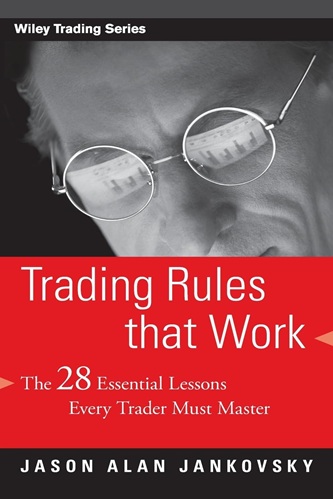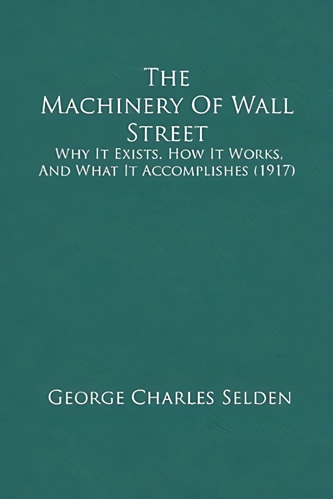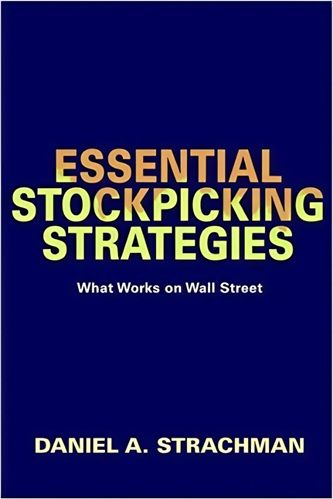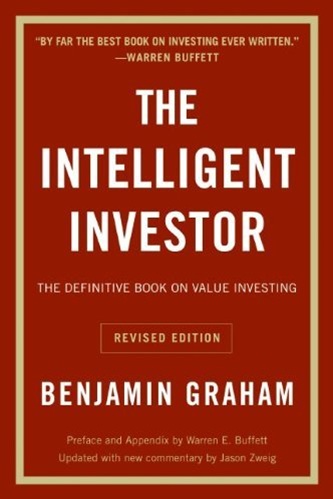Hidden Collective Factors in Speculative Trading: A Study in Analytical Economics
$26.20
| Author(s) | |
|---|---|
| Format |
|
| Pages |
336 |
| Publication Year |
2009 |
Category: Investing & Wealth Strategies
Description
What are the roots of the present economic crisis? Hidden Collective Factors in Speculative Trading shows that the factors commonly mentioned (e. g. subprime loans, fall in housing prices) have occurred in the past and therefore cannot account for the severity of the present crisis. There must be “something else”. The analysis shows that there was a “phase transition” in the United States around 1975 which brought the following changes:
- The stagnation of real wages over the past 30 years and a parallel rise in indebtment levels.
- The abrupt fall in unionization rates and in the number of strikes.
- The development of tax havens which deprived states of tax revenue.
- The globalization of financial transactions which hinders long-term investment.
Contents:
- Overall view of speculative markets
- Rational?
- Joint crashes
- Contagion of speculative frenzy
- Peak amplitude: the price multiplier effect
- Peak shape: the sharp peak – flat trough pattern
- Stock market bubbles
- Triumph of neoliberalism in economics
- Triumph of neoliberalism in society
- Triumph of neoliberalism in finance
- Is there a way out?
Hidden Collective Factors in Speculative Trading: A Study in Analytical Economics By Bertrand M. Roehner pdf









